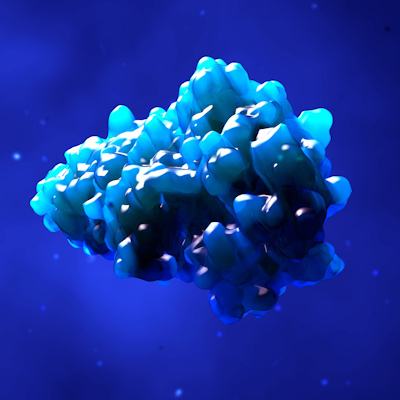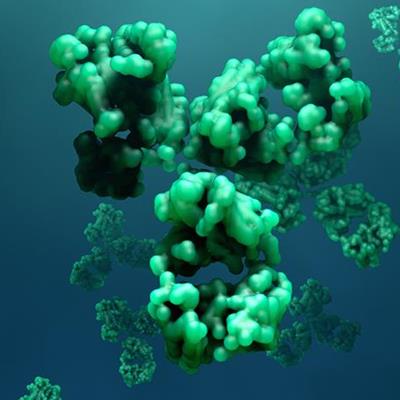December 6, 2022 -- Scientists from cancer research and treatment center City of Hope have identified how the G protein-coupled receptor (GPCR) works, which could further investigations of how the protein’s coupling with other proteins can impact how cells respond to medicines with fewer side effects.
In their study, published December 2 in the journal Nature Communications, the researchers discovered a cell signaling mechanism of the largest superfamily of drug target proteins, GPCRs. These receptors are targeted by about 33% of all federally approved medication, according to the authors.
Located in the cell membrane, GPCRs bind to substances outside the cell, which in turn initiates coupling of GPCRs to G proteins, leading to biological changes in the cell. Mutations in GPCRs and G proteins have been implicated in cancer and diabetes.
By using large-scale data analysis techniques, they found that GPCRs exhibit a spectrum of coupling preference to G proteins, ranging from promiscuity across all four subfamilies (Gαs, Gαi, Gαq, and Gα12/13) to highly selective coupling of single G protein subtypes.
The researchers found that there is no preference for GPCRs within a given receptor family to either be G protein selective or promiscuous. This suggests that the GPCR intracellular surface maintains flexibility to evolve in either direction, according to the authors.
They derived a spatiotemporal code or "QR code" for the couplings, which they are using to identify more target-specific drugs. In addition, the findings are generalizable to any protein-to-protein coupling, which are emerging targets in personalized medicine, the researchers said.
"Understanding the coupling mechanism of GPCRs to G proteins will aid in the design of drugs with lower side effects that target cancer-associated mutations," senior author Nagarajan Vaidehi, PhD, chair of the department of computational and quantitative medicine at City of Hope, said in a statement.
The study was supported by the National Institutes of Health National Institute of General Medical Sciences, the UK Medical Research Council, the American Lebanese Syrian Associated Charities, the Lundbeck Foundation, the Novo Nordisk Foundation, and the Canadian Institute of Health Research.
Copyright © 2022 scienceboard.net










